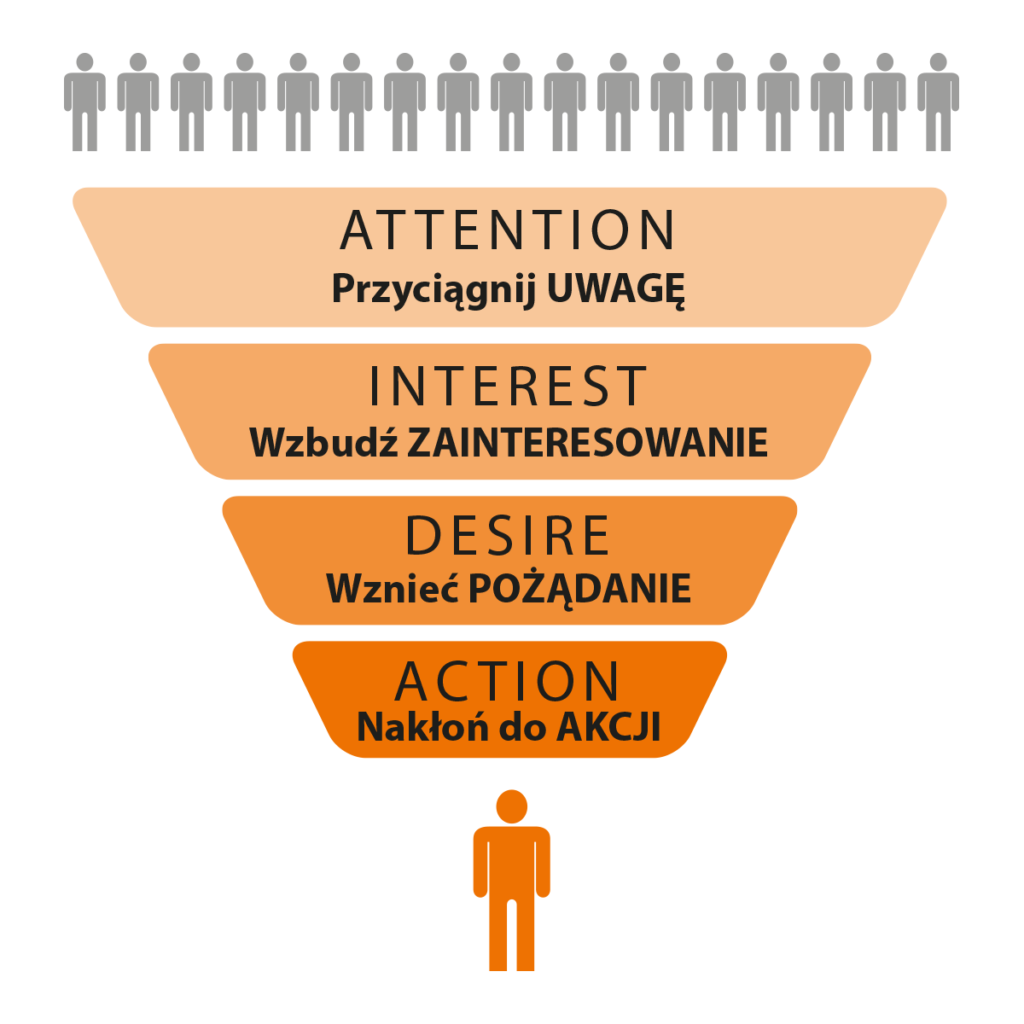


These steps aim to convert them from prospects who desire the product into actual consumers. There are techniques that retailers or other organizations use at this stage to help get these individuals over this last set of barriers. This action usually takes the form of a purchase of a desired good. This step of converting from a prospect into a customer takes a conscious, considered action on the part of the individual. Even if that action is trying to pay for a watch with your burrito loyalty card… Once they have taken this final step they stop being prospects and become customers.īecoming a customer takes action. Of the prospects who have developed an actual desire for the product, there will be a further subset who make the actual final step of completing a purchase. These barriers could include price or friction in transactions, but they are broadly ready to be converted into customers. They may still have some barriers to overcome in their decision making process. These people are known as prospects.Īt this stage prospects have a clear desire for the product, good or service and would like to acquire it. Of those suspects who have developed an interest in the product will be a further subset who, following their exploration of the product, develop a desire for it. They could, for example, look at technical specifications on a manufacturers website to learn more about a piece of technology. However, more usually, interested prospects use their own energy to search out more information about the product. Some levels of detail can be included within advertisement. This development of interest can be fostered in several different ways. They want to develope an understanding of its specifics and how it could fit into their lives. Following awareness, they become interested in learning about the product.

Individuals who are interested in the product, good or service are known as suspects. There’s something about it, or the message associated with it, that appeals to them. Of those who have been made aware of the product, a smaller subset of individuals will become interested in it. Organizations are constantly vying for a slice of our attention and awareness. For example, this trend has seen the rise of social media “influencers” over the last few decades. Obviously, as new forms of media arise, such as social media, new methods of creating awareness are used. This is done across whatever mediums are thought to be best for potential customers, while also taking into consideration the cost of advertising. This is usually achieved by advertising the product widely. The objective at this stage is to make as many people aware of the product, good or brand as possible. The first stage of this model is focused on awareness. We look at each stage of the model below. The model is shown as a funnel, representing the reducing number of people expected to progress to each stage. It starts by developing awareness (Cognition) then desire (Affect) before stimulating action (Behavior). It’s a hierarchy of effects model that follows the CAB process. Its four stages are: awareness, interest, desire and action. The AIDA model is a framework for persuasive communication from the world of marketing.


 0 kommentar(er)
0 kommentar(er)
